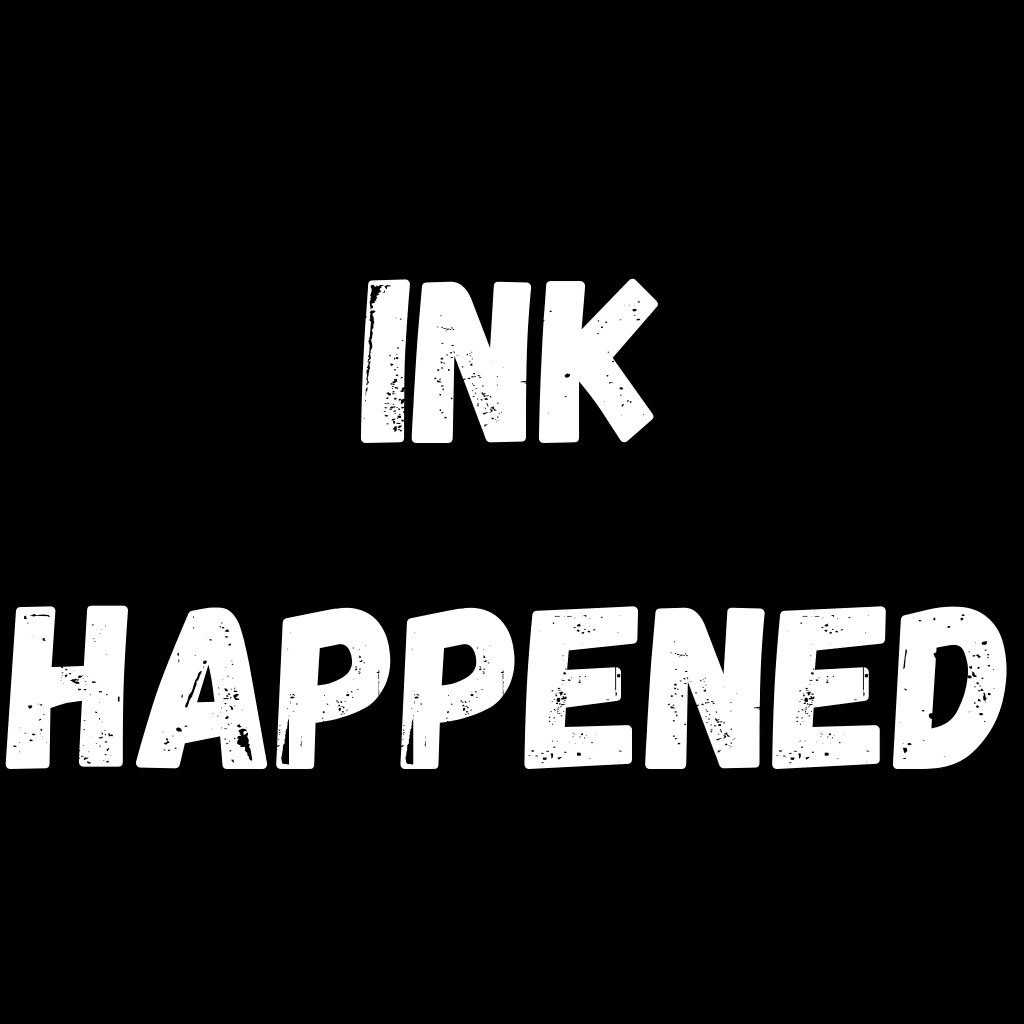Yakuza Tattoo: Guide, Meaning And A Lot Of Designs For You
One of the most iconic things in the tattoo world is Japanese Tattoo and, inside this style, Yakuza (the Japanese mafia) has been fascinating for centuries to a lot of people, having a lot of influence in tattoo culture.
Because of this, I need to write this guide about Yakuza tattoos for you.
On this guide I’m going to show you:
- Some about Yakuza’s historical origins, because I think it is important to know how it begins.
- Some about the Yakuza Organization.
- The meanings of different animal tattoos in the Yakuza organization.
- Lastly, a lot of different tattoo designs for you.
Table of Contents
Yakuza Historical Origins
Well, Yakuza is also known as Gokudō, and it is basically the Japanese Mafia, you know, the organized crime there.
Yes, so be careful if you want to get inked like this guys, this is serious.
The point here is Yakuza were in Japan for centuries and, because of the structure and the traditions they are one of the oldest and most complex criminal organizations in the world.
How did it started?
The beginning of the Yakuza usually is set in the Edo period, between 1603 and 1868, and it has two different theories.
The first one is about Teriya, the second one, about Bakuto.
Teriya was the merchant selling at festivals. The point here is that this kind of merchant was illegal, so they have to get organized to protect themselves with the rivals and from the law itself.
Bakuto was about gambling operations, illegal, of course. The point here is the losing hand for a traditional card game called Oicho-Kabu was the numbers 8, 9 and 3, and these numbers are pronounced something like “ya-ku-sa”.
So, it sounds like a good start for a criminal organization, to be honest.
Yakuza In The 20th Century
Then, Yakuza have evolved a lot, and back in the 20th century they were a well organized criminal network about what criminal organizations usually do.
You know, gambling, drugs, extortion, money laundering or prostitution, just to talk about a few.
But, because there is always a “but”, Yakuza were like a kind of organization for the people too, because they used to maintain the order in some marginal neighborhoods or to help during natural disasters, very similar to some other mafias all around the globe.
In fact, back in the 1960s and 70s there were a lot of people joining the Yakuza from WWII, because there were a lot of veterans looking for something to do.
Yakuza Nowadays
The influence is not the same from the 60s, because Japan did some anti-organized crime laws, and it reduced Yakuza influence, but they continue to operate.
Because of this I told you back to be cautious to get a Yakuza tattoo, because you may have troubles, especially traveling to Japan or to other Asian countries, you know.
Some about Sakazuki Ceremony
The Sakazuki ceremony is like the initiation process to get into a Yakuza organization.
Usually, the boss (oyabun) and the new one (kobun) sit opposite one from another, then, the boss gets a full cup of sake, but the kobun gets a smaller one, symbolizing the power of each one.
Last, they exchange the cups like a familiar bond.
Code of Conduct
You know, Yakuza is a criminal organization, so it has a very strong code of conduct, based on:
- Absolute loyalty to the oyabun (to the boss, you know).
- To respect the hierarchy organization 100%.
- To self-sacrifice for the benefit of the organization.
- And, of course, to respect something called ninkyōdō, or the code of chivalry or the organization.
The Tattoos and Yakuza
Tattoos in Japan have been there for Yakuza for centuries, as a mark of belonging, you know.
Yakuza usually used traditional hand poke techniques like Tebori, made by the tattoo artists called Horishi.
Tebori tattoo is the traditional one, without electric machines, and usually is slower, but not more painful than the modern one.
The point with the Tebori tattoo is that the Horishi usually acts like a master, and the process is more like a ritual itself.
Usually, Horishi acted secretly (like Yakuza), so they had something like a kind of NDA to keep the secrets at home, you know what I mean.
About the Tattoo Placement
Not every Yakuza member can have the tattoo they want.
In fact, the tattoo placement and the size has a hierarchy meaning so full-body suits (Soushinbori) are only for the high status one.
Back tattoos (Senaka) are like a mark of loyalty for something special.
Chest tattoos are usually for core values, and then arm and legs tattoos usually worked as connections between the different pieces.
Tattoo Meanings in Yakuza
Here I want to introduce you maybe the top animals and their meaning for the Yakuza tattoo:
Dragon (Ryū) Tattoo, Maybe The Most Popular
Dragon tattoos are a thing in Yakuza, in fact, they were only for the higher ones in the ranking of the organization, or for the people who aspire to be a leader.
And this is because dragons are about leadership and power in Yakuza (about strength, protection, good fortune and wisdom are traditional dragon meanings).
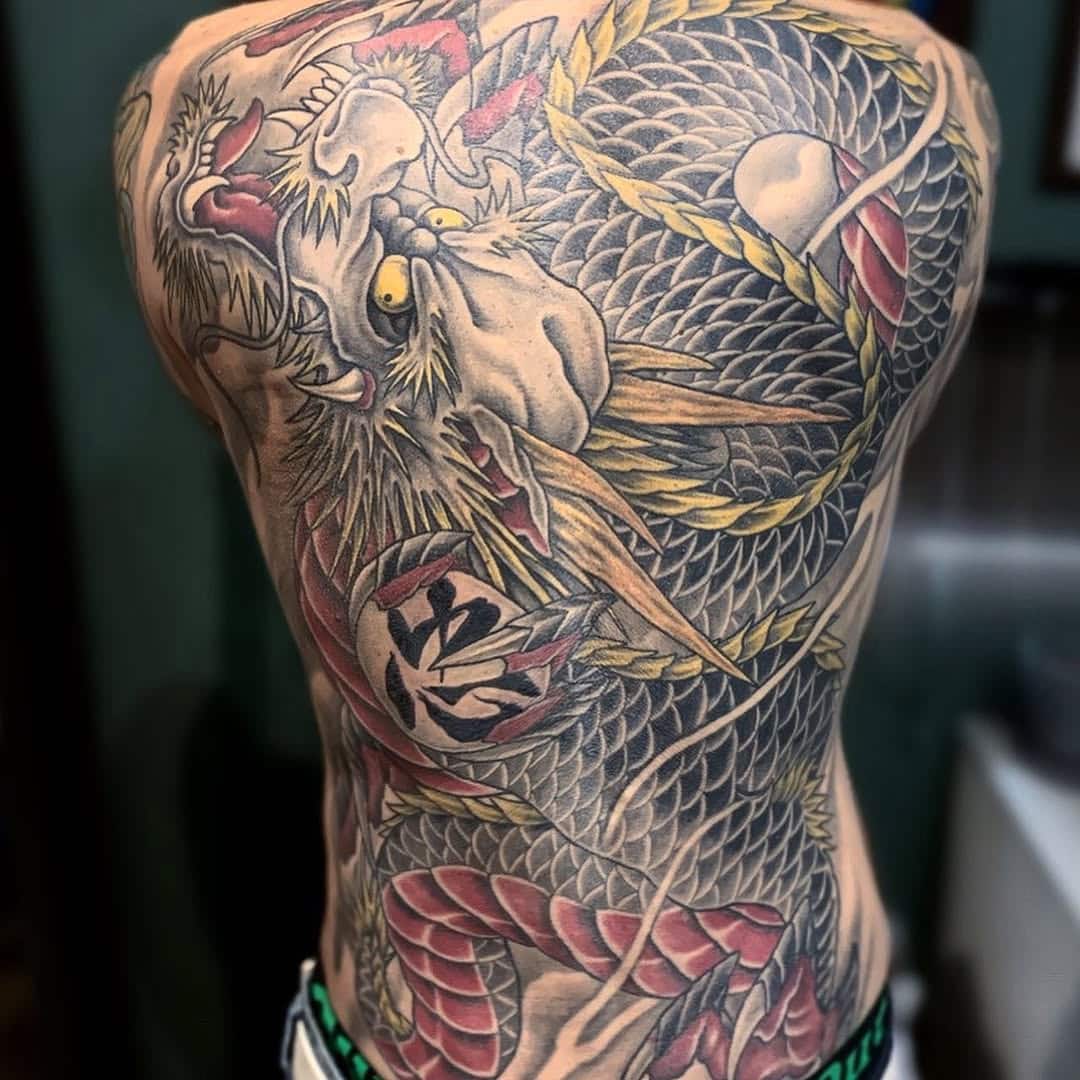
This could be a nice example of a Japanese dragon tattoo in the hole back, done by Strokerchi, a fantastic woman tattoo artist working in Tokyo, in Japan, of course.
Cherry Blossom Tattoo, Sakura in Japanese
Well, cherry blossom tattoos are a thing in Japanese culture, because they symbolize the acceptance of death (you know, cherry blossoms are fragile), and the samurais used to get inked with it.
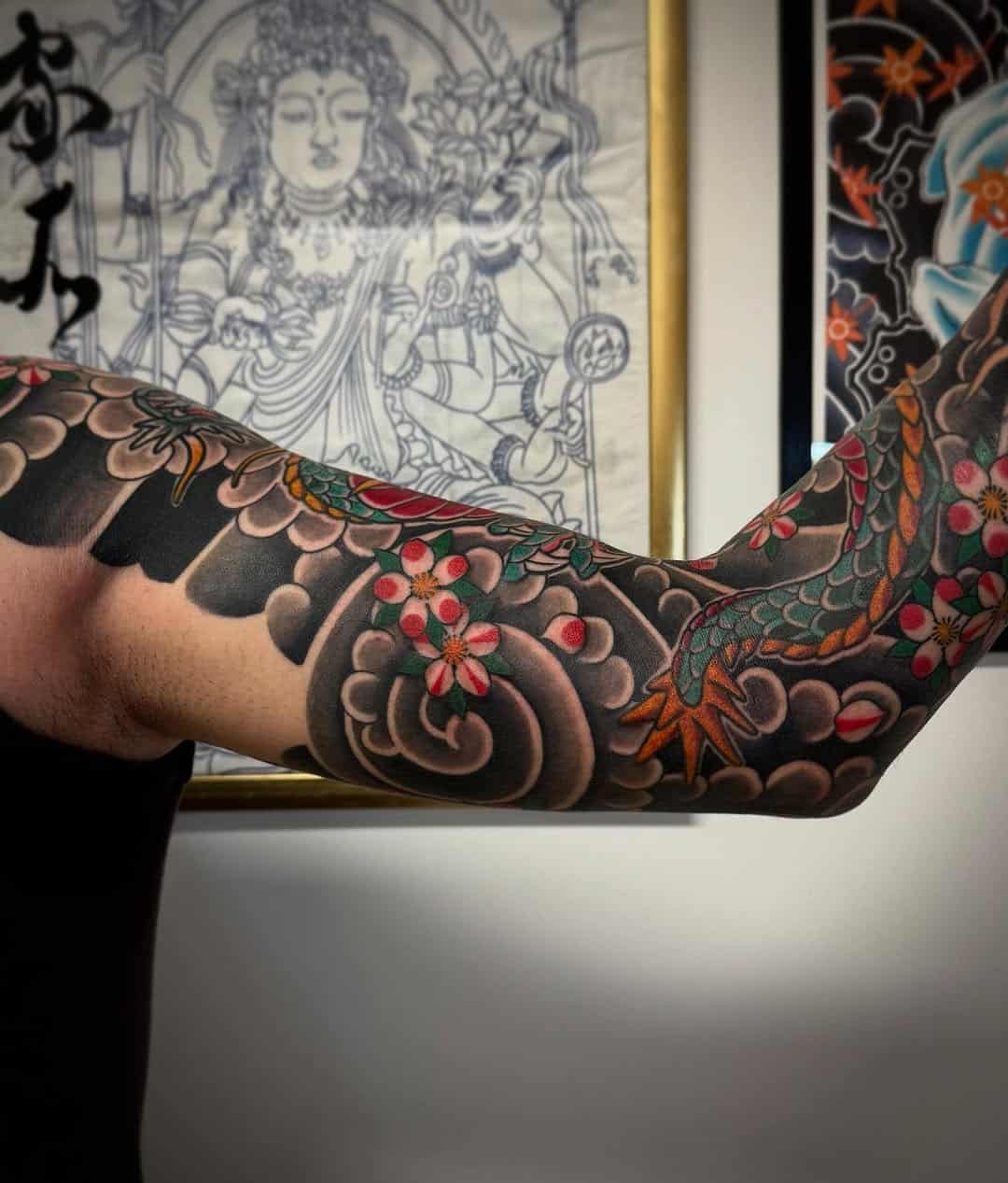
Here you can see another nice example, this time of a Sakura tattoo, very traditional, done by Sara Caturani, another woman tattoo artist very talented, this time, working in Rome, Italy, at The Grim Reaper Tattoo.
Koi Fish Yakuza Tattoo
Well, I have to confess something: Koi fish are maybe my favorite animal in Japanese style, that’s it!
Koi fish usually symbolize to struggle against hard times with perseverance, and to overcome it, and I think it’s beautiful.
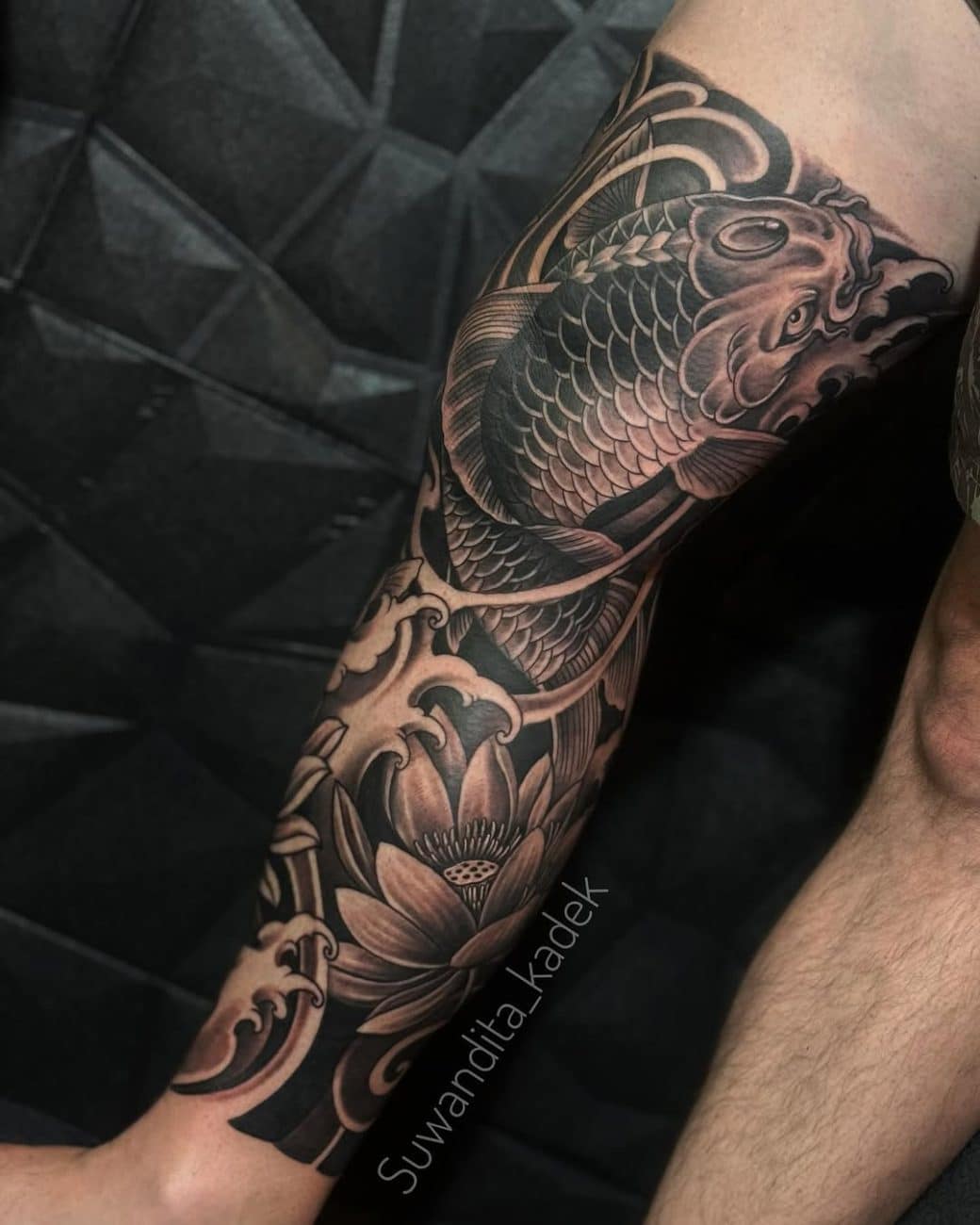
This tattoo is done by Kadek Suwandita, a wonderful tattoo artist working at Energy Ink Tattoo Studio, in Bali, Thailand.
Oni, The Japanese Demon Tattoo
Oni is one of the most famous characters in Japanese theatre, and it is for justice and discipline, but for protection and revenge too.
A nice guy, isn’t it?
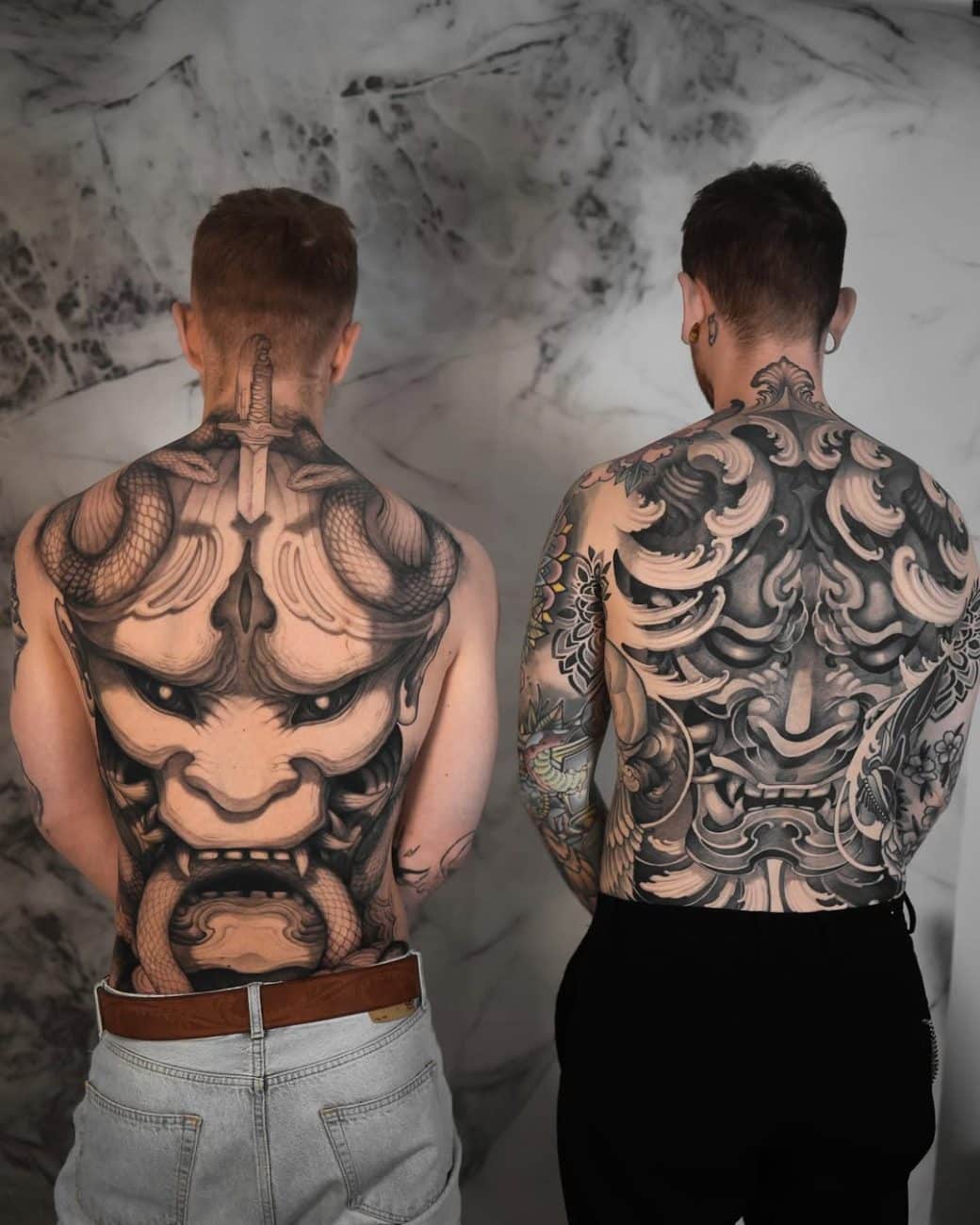
This tattoo is done by another magnificent woman tattoo artist, Frida Jagebro, Owner of Evitas Atelier, in Goteborg, Sweden.
Fūjin and Raijin Tattoo
Fujin and Raijin are the gods for wind and thunder in Japan, and they have a very strong meaning, for example, in Yakuza it can symbolize being unpredictable and with a lot of power for destruction.
You know, the typical wind guy 😉
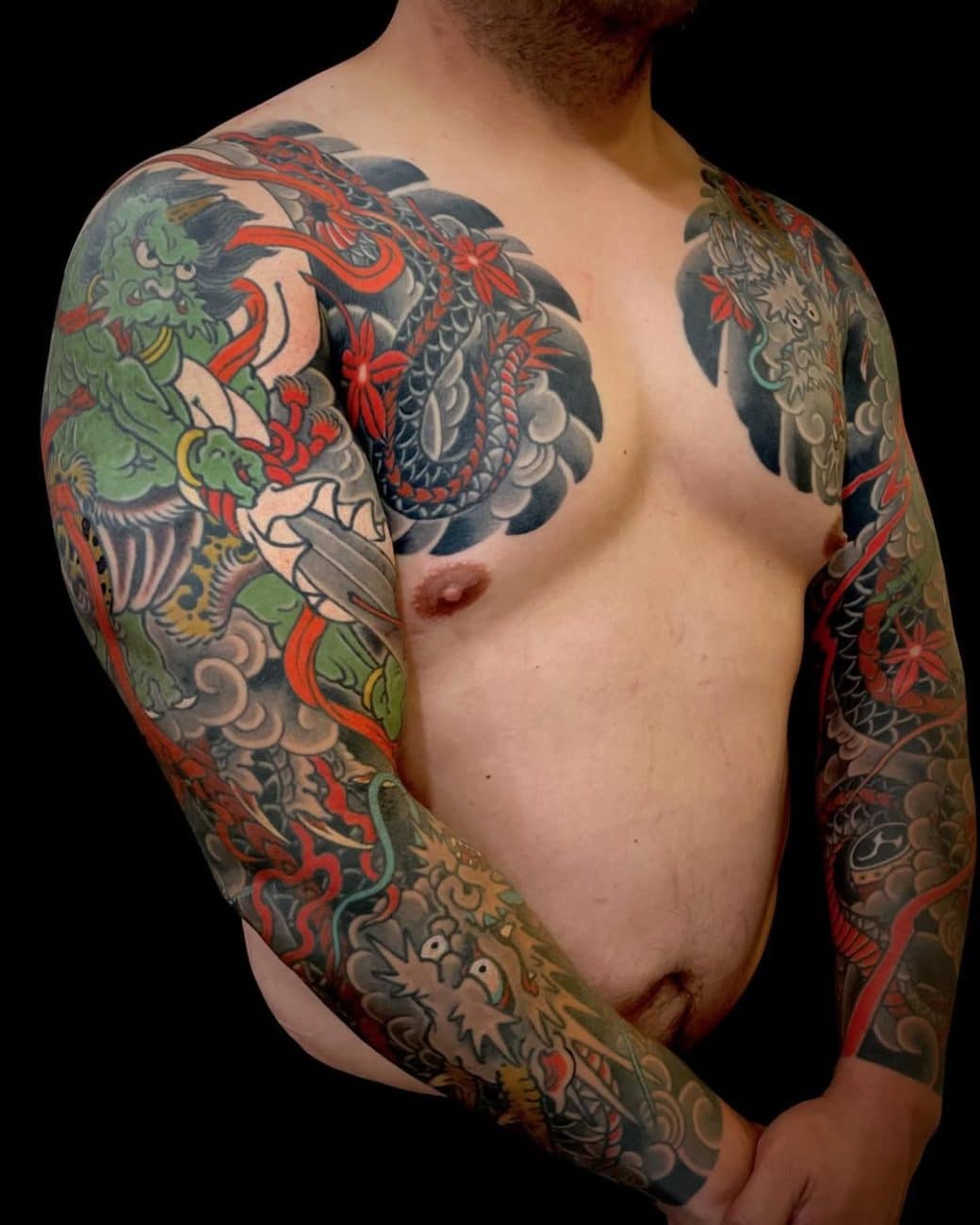
This wonderful tattoo is done by Horitomo (Kazuaki Kitamura), a fantastic tattoo artist working in California, in the US, of course.
And Now, Some Yakuza Tattoo Designs For You
Lastly, here you can find some nice Yakuza tattoo designs for you:
Traditional Munewari Tattoo
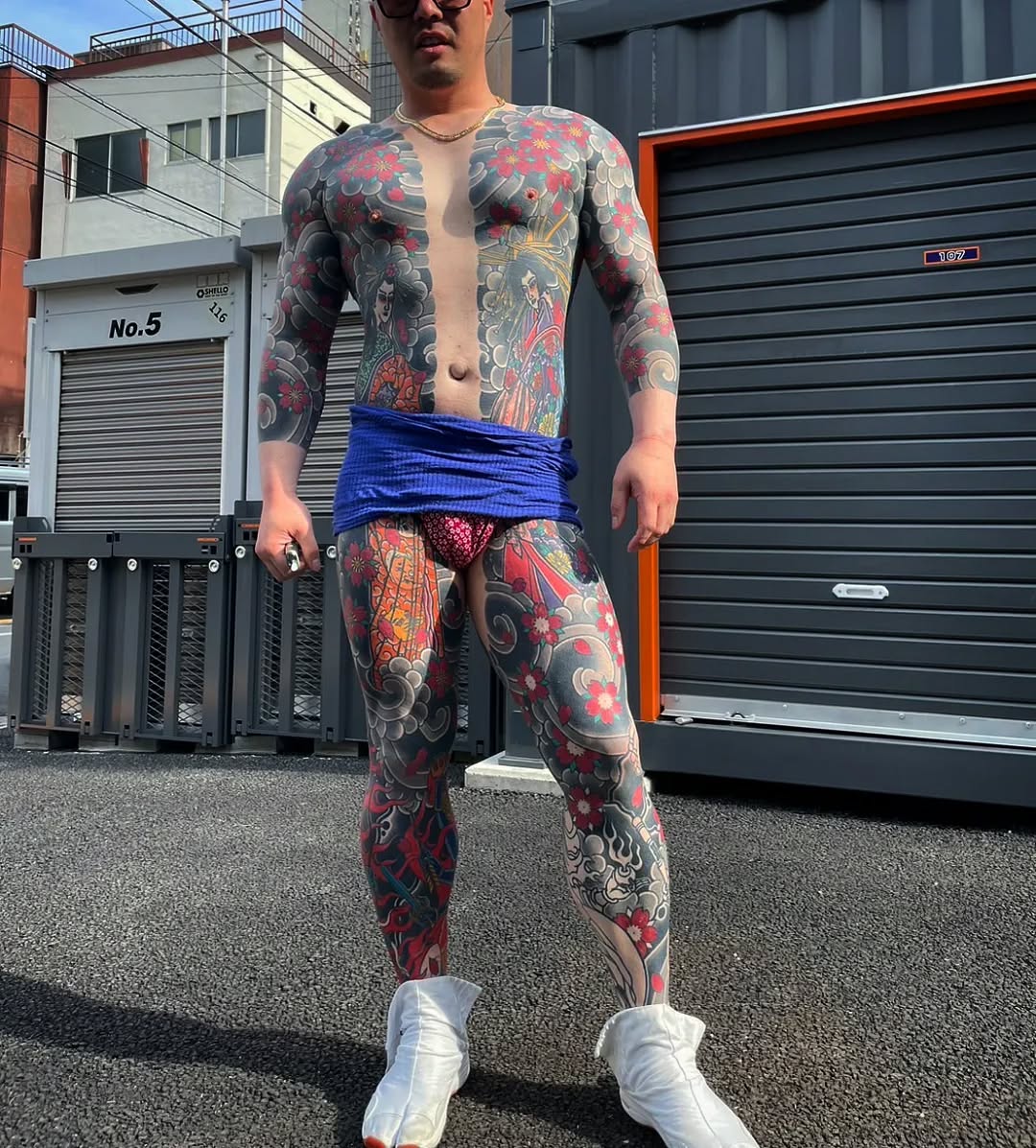
This is a nice example of a Munewari Japanese tattoo.
Munewari is the full body suit tattoo and, as you can see, it has a very special design to keep the tattoos covered wearing a Japanese kimono, and that is the point, because tattoos were forbidden in a lot of spaces in Japan.
The tattoo is done by Bonten4Horiken, a fantastic tattoo artist based in Tokyo, very focused on traditional Irezumi tattoo.
Dragon Hikae Yakuza Tattoo
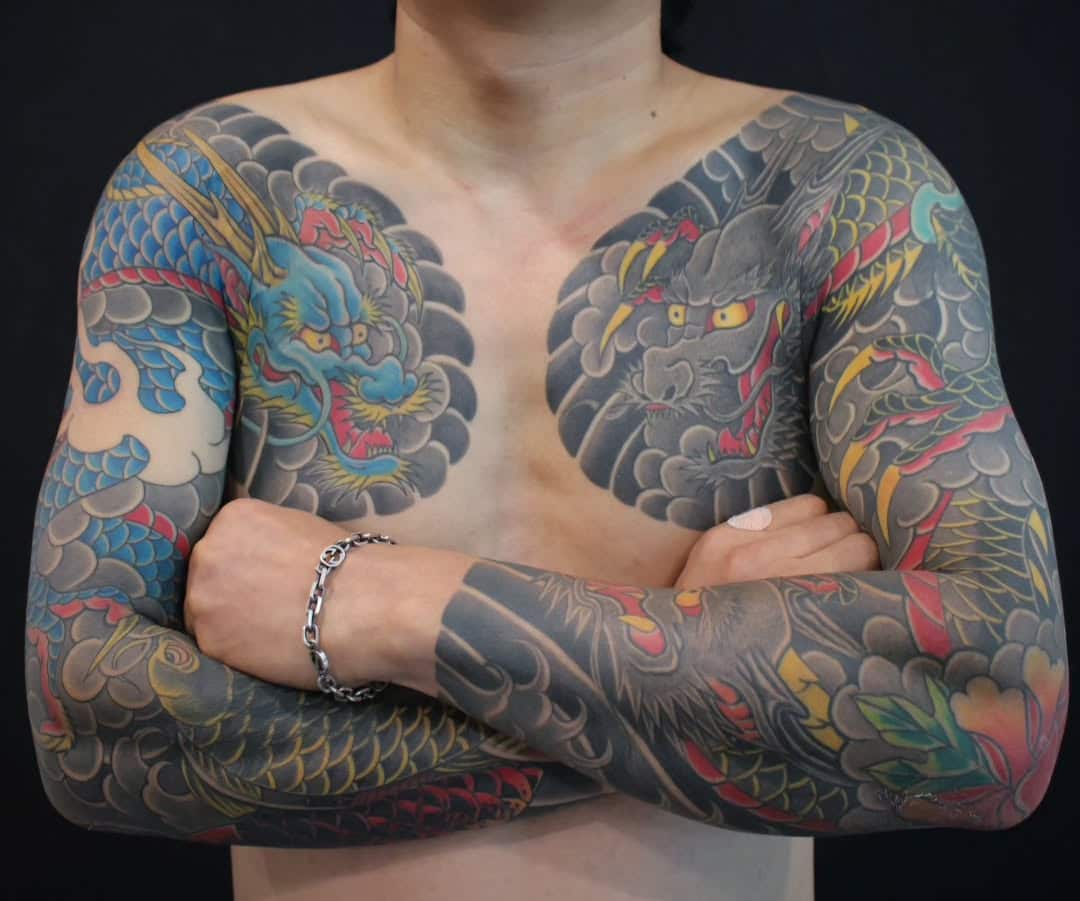
This kind of design, covering the arm, chest and some of the back is called Hikae, and it is very traditional in Yakuza too.
And, as you can see, this tattoo is about two traditional dragons (Ryu), in black and blue ink, very ornamented, with a koi fish in one forearm.
This tattoo is done by Brain New Tattoo, a very nice tattoo studio back in South Korea you should follow.
Another Traditional Munewari
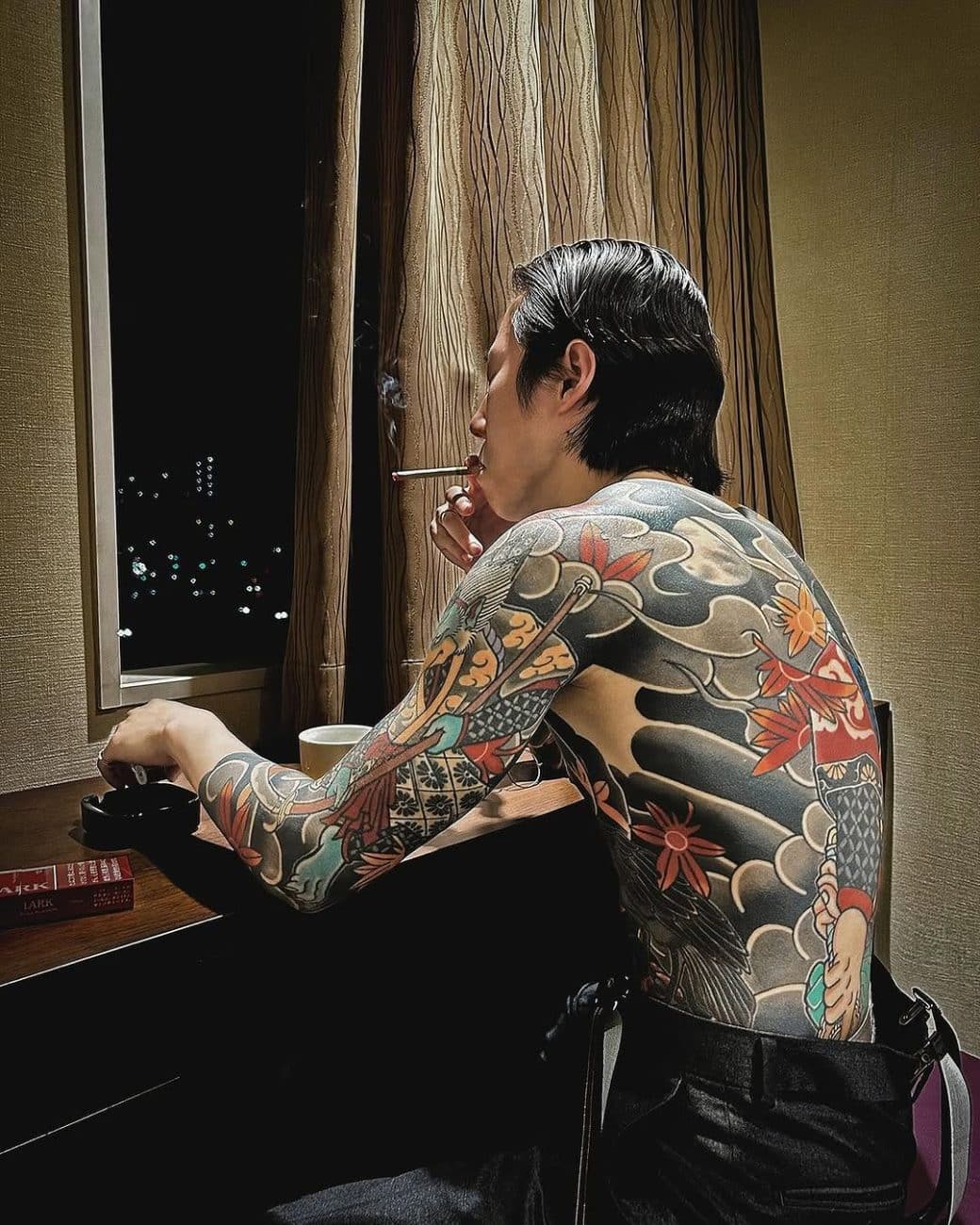
Another Munewari tattoo, and, another time, a very traditional one.
This time is by Yakuza Sensei Official, a Wabori artist based in Japan with a lot of attitude, isn’t it?
Traditional Senaka Tattoo
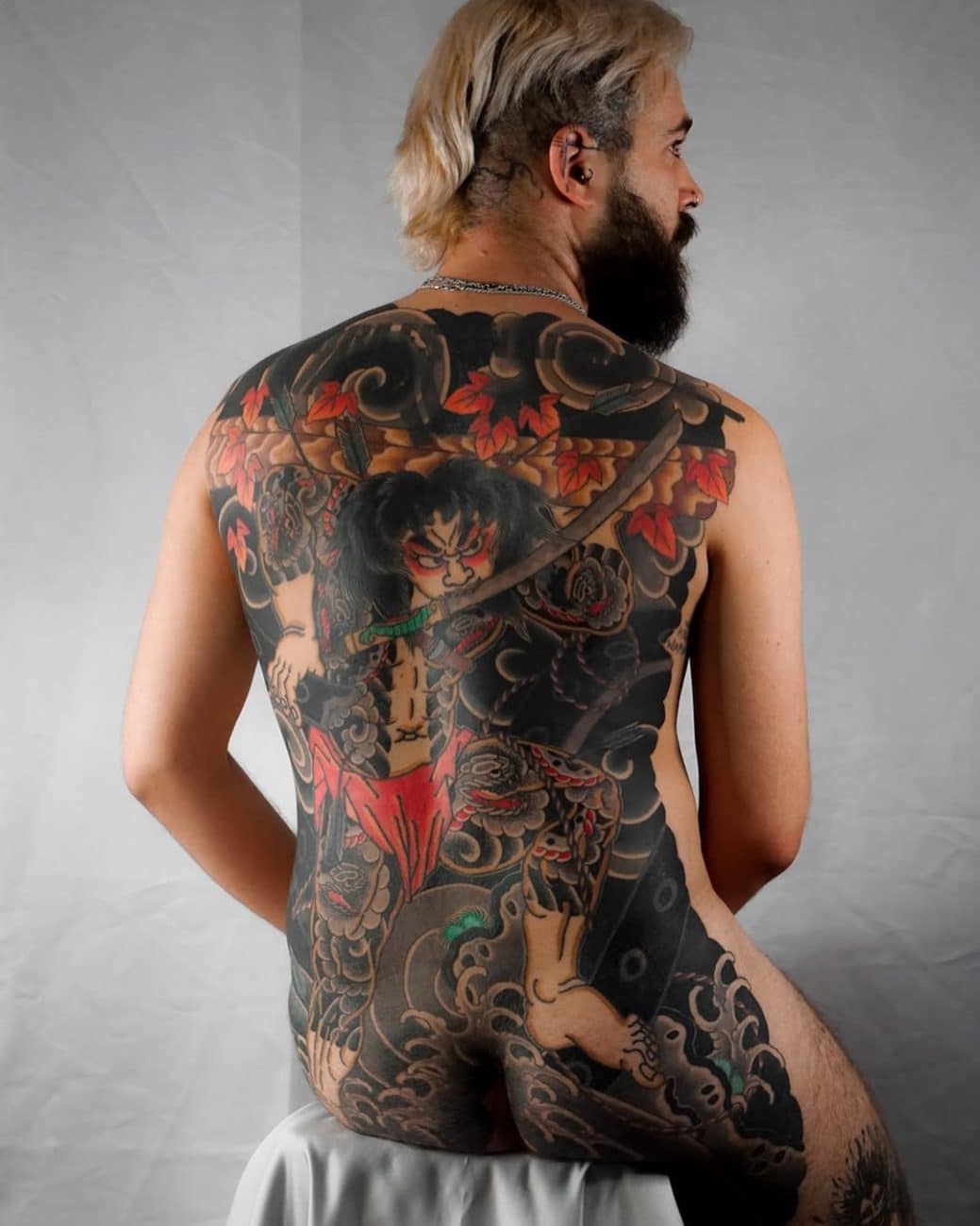
This tattoo is a very traditional Senaka tattoo, Senaka is the word for “back” in Japanese.
And I do love it because it is a tattoo about a Japanese legend, a warrior who escaped from jail, maybe the most feared warrior over there, but the archers kill him before he can escape.
The tattoo is done by Sergio Vicaire, working at Simbiosis Tattoo, in Granada, Spain.
Yakuza Tattoo Is Much More Than a Simple Tattoo!
As you can see on this guide, a Yakuza tattoo is much more than a simple tattoo, because of the history of this (illegal) way of life.
The symbolism is very bold and Yakuza history can sound romantic, but please, consider a lot to get inked in this way, because, you know, in Japan and in other Asian countries is not a nice thing…
Some FAQs About Yakuza Tattoo
What does a Yakuza tattoo mean?
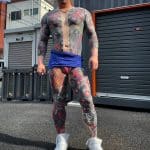
Yakuza are the Japanese mafia, so the main meaning about Yakuza tattoos is that you are in one Yakuza organization. Then, depending on what and how you get inked, the meaning changes.
Are Yakuza tattoos illegal?
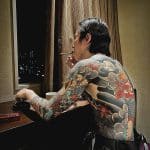
Not Yakuza tattoos, but Yakuza are criminal organizations and, in fact, illegal. So, wearing a Yakuza tattoo may be problematic for you.
Can I get a Japanese tattoo if I’m not Japanese?
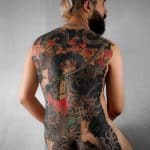
Of course, you can have it, but be careful if you are going to travel to Japan, or to other Asian countries, or meet Japanese people, because there is a stigma on these tattoos.
Do female Yakuza have tattoos?
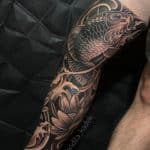
Yakuza are mainly a men’s organization, you know, traditional Japanese culture used to be male-centric, but, if you are in Yakuza, you can have Yakuza tattoos.

